Oct 13, 2025
Advertising techniques are the methods brands use to grab attention, build trust, and get people to buy. Some create urgency, while others remove doubt or tap into an emotion. The best campaigns mix a few techniques together to move someone from scrolling past your ad to actually clicking and buying.
The challenge? Your audience sees thousands of ads every day, and they scroll through their feeds quickly. You need to figure out what stops them from scrolling, cut what doesn't, and be quick in identifying what does.
This guide covers 15 proven advertising techniques with real examples and practical tips. Whether you're running Facebook ads on a shoestring budget or launching your first campaign, you'll find something you can use right now.
15 advertising techniques you can use right now to convert
1. Show, don't tell (storytelling)
People zone out when you list features. But tell them a story? They lean in.
Airbnb nailed this years ago in their ads. You didn't see an add that plainly stated "2BR, WiFi included, free parking”. You saw a happy family making pancakes in a stranger's kitchen in Portugal. Or a solo traveler finding an affordable yet comfortable apartment they can rest in for a couple of days.
The product isn't the apartment. It's the weird, wonderful experience you're about to have through Airbnb.
Essentially, you’re showing your customer's dealing with something annoying and then solving it on their own. That's really all you need.
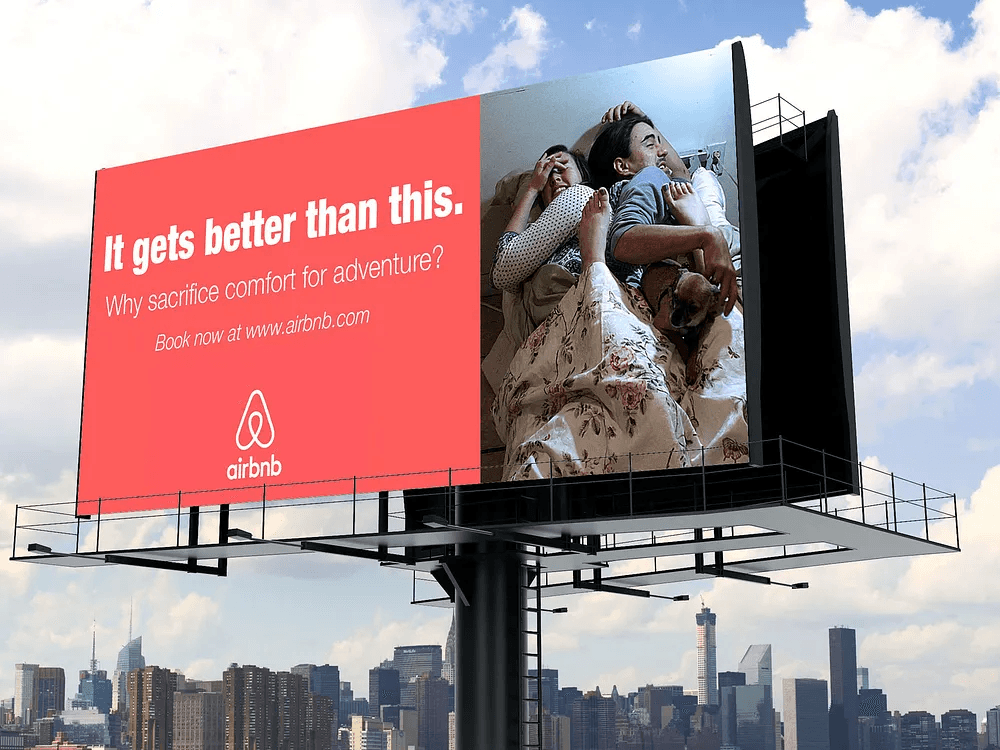
Recommended read: Product advertising 101: what is it and why it's important
2. Make them laugh (humor)
Funny ads spread like wildfire, people actually share them with others instead of skipping.
Remember Dollar Shave Club's first video? Guy walking through a warehouse, totally deadpan, talking about how their blades are "f***ing great." Cost basically nothing. Went completely viral. Built their entire brand voice off that one clip.
DollarShaveClub.com - Our Blades Are F***ing Great
Here's the thing though - humor is risky, what crushes it with regular customers might bomb hard with corporate buyers. If you’re going to use humor in your ads, you've got to know who you're talking to.
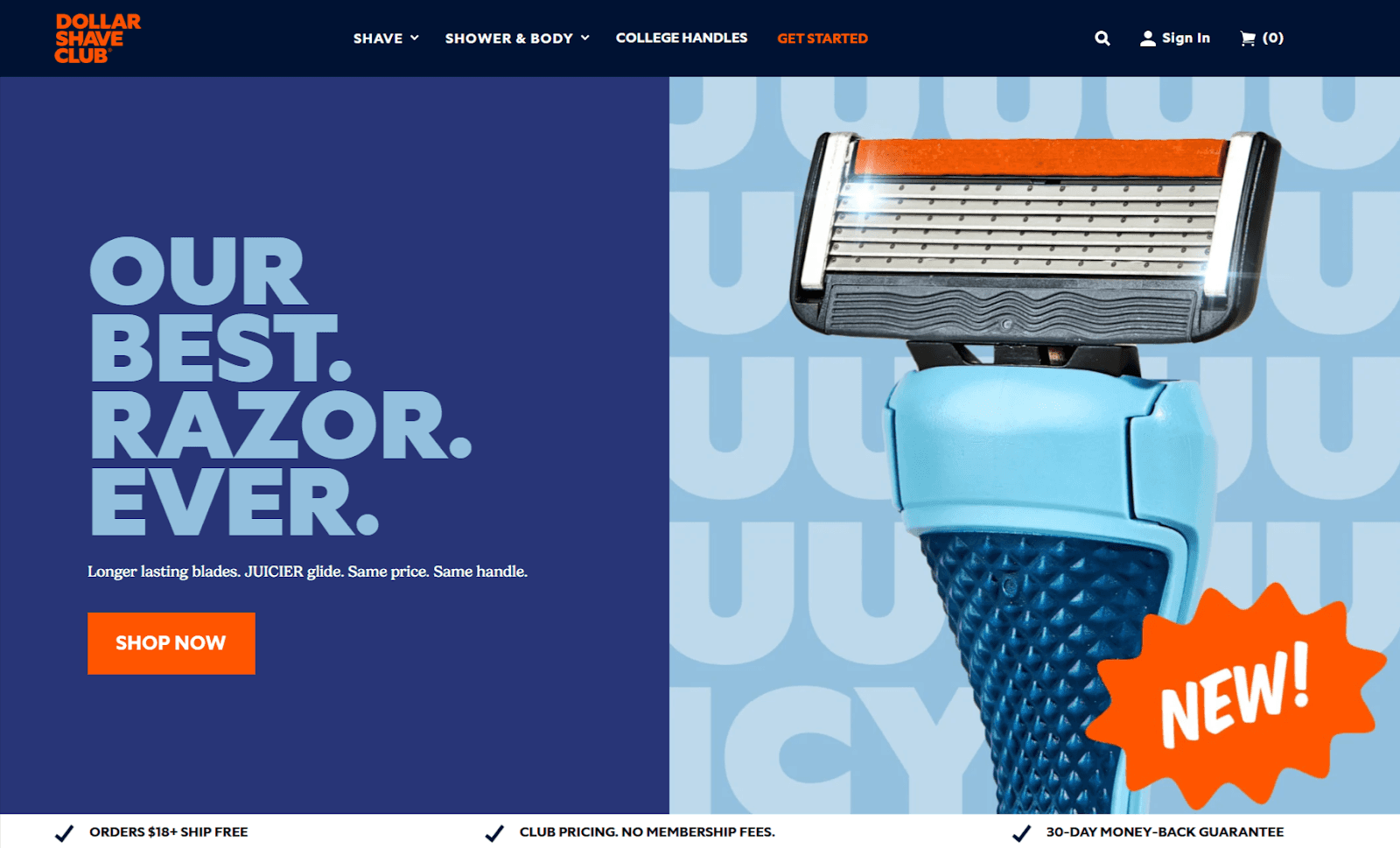
3. Catch the eye (color psychology)
Colors mess with your brain more than you'd think.
McDonald's didn't just randomly land on red and yellow, the McDonald’s branding strategy is carefully crafted using color psychology. Red literally makes you hungry and feel rushed, while yellow is all happy and welcoming in addition to being the easiest color to spot. See those golden arches while driving home and your brain's already halfway convinced to stop.
Quick hack: whatever color dominates your ad, make your button the opposite. Blue background? Orange button pops. Simple as that.
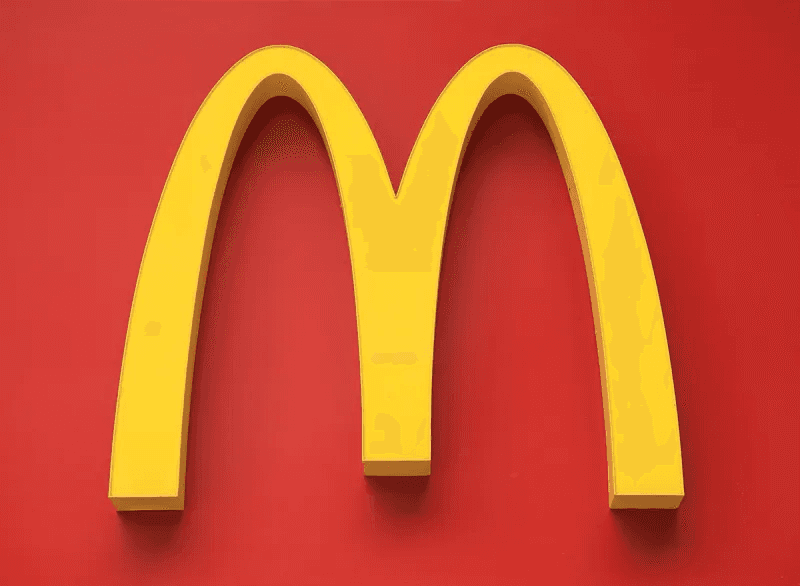
4. Sell the lifestyle (aspirational appeal)
Apple doesn't sell you a phone. They sell you on being creative, being different, being the person with taste.
Watch their ads, you won't see a single spec sheet. Instead you’ll see some filmmaker editing a short film at a coffee shop on their MacBook, perhaps a musician making beats in their bedroom, or a photographer catching the perfect shot on an iPhone.
Apple doesn not sell you tech, it sells you the opportunity of being someone who makes cool stuff, someone who gets it.
With aspirational ads, you're not selling products, you're selling an identity, a sense of purpose.
Show what their life looks like after buying the product, that's what matters, features and specs can come later (or not at all).
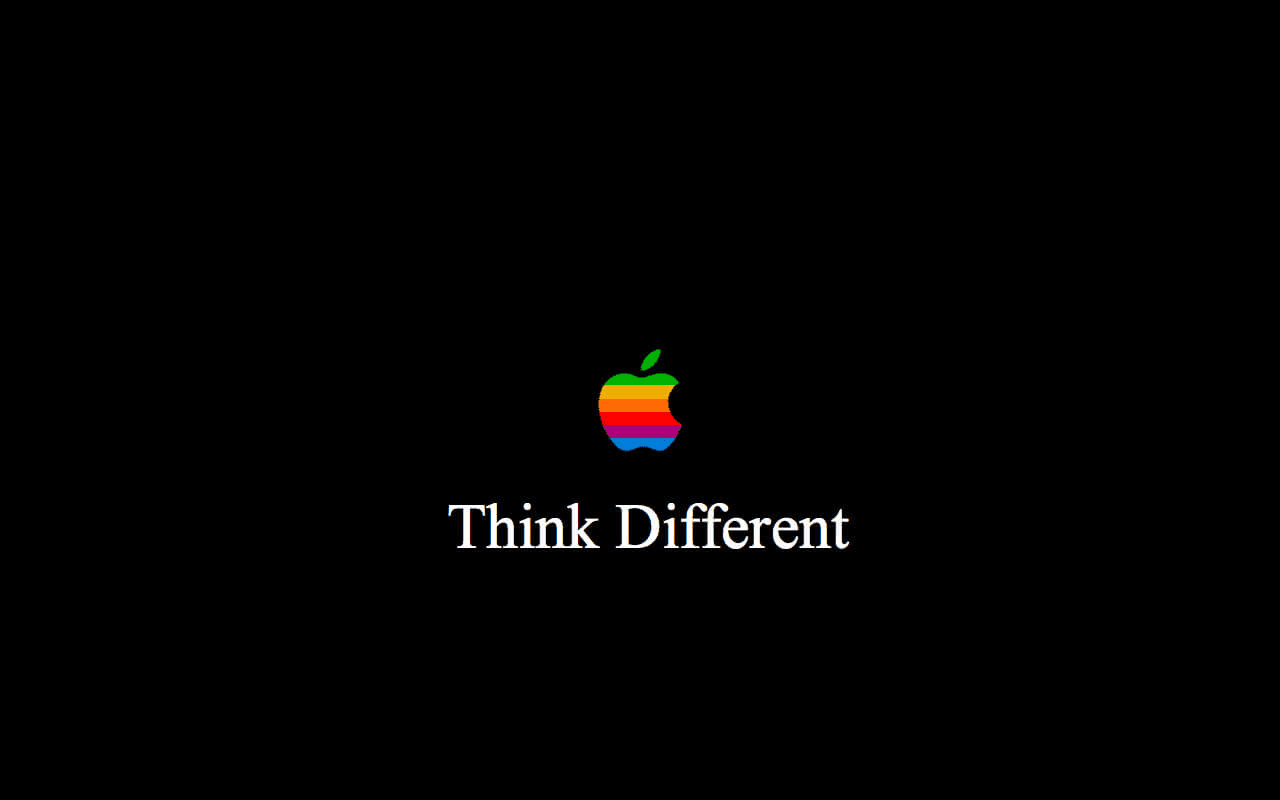
5. Blend in, stand out (native ads)
Native ads don't scream "HEY THIS IS AN AD." They match wherever they show up, so people actually engage.
See those "10 Best Thrillers to Watch This Weekend" articles? They feel like helpful recommendations. You're scrolling through looking for something good to watch. Half the time, Netflix is behind it - pushing their own shows without it feeling like a pitch.
Just make sure it's actually useful. Thinly veiled sales pitch = instant click away.
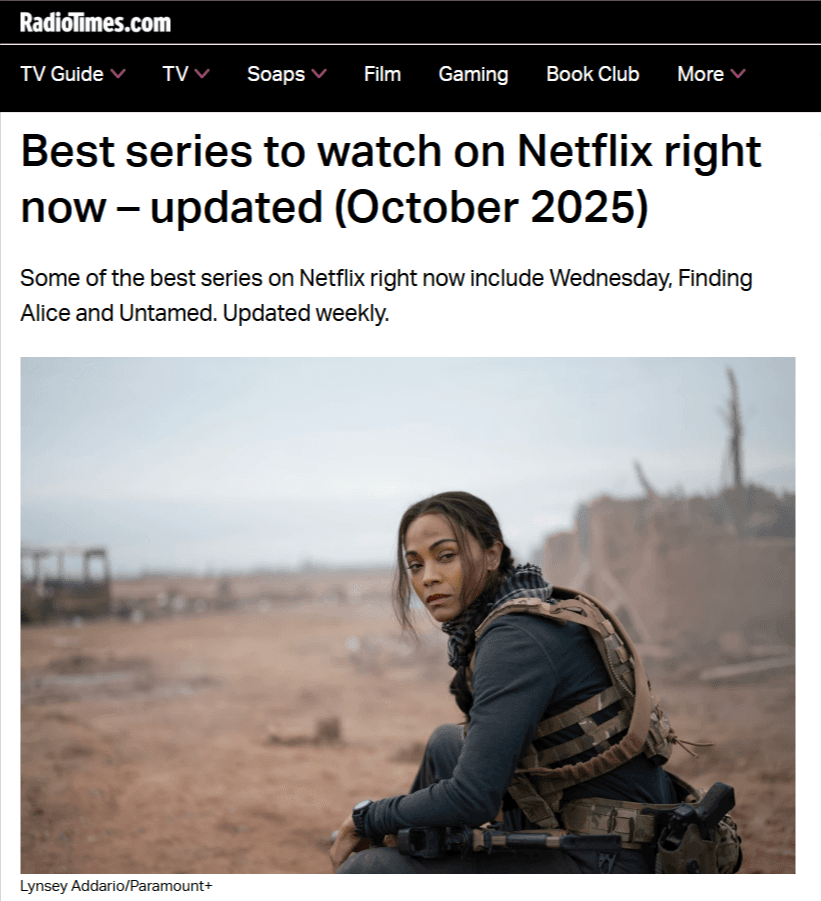
6. Let others talk (social proof)
People trust other customers infinitely more than your marketing team. Sorry, but it's true.
Check Slack's homepage sometime. Before they tell you literally anything about the product, they show logos. Big recognizable ones. NASA, Shopify, Target. If those guys use it, it's probably legit.
Specific numbers hit different too. "10,000 companies" sounds real. "Thousands of companies" sounds like you're hiding something.
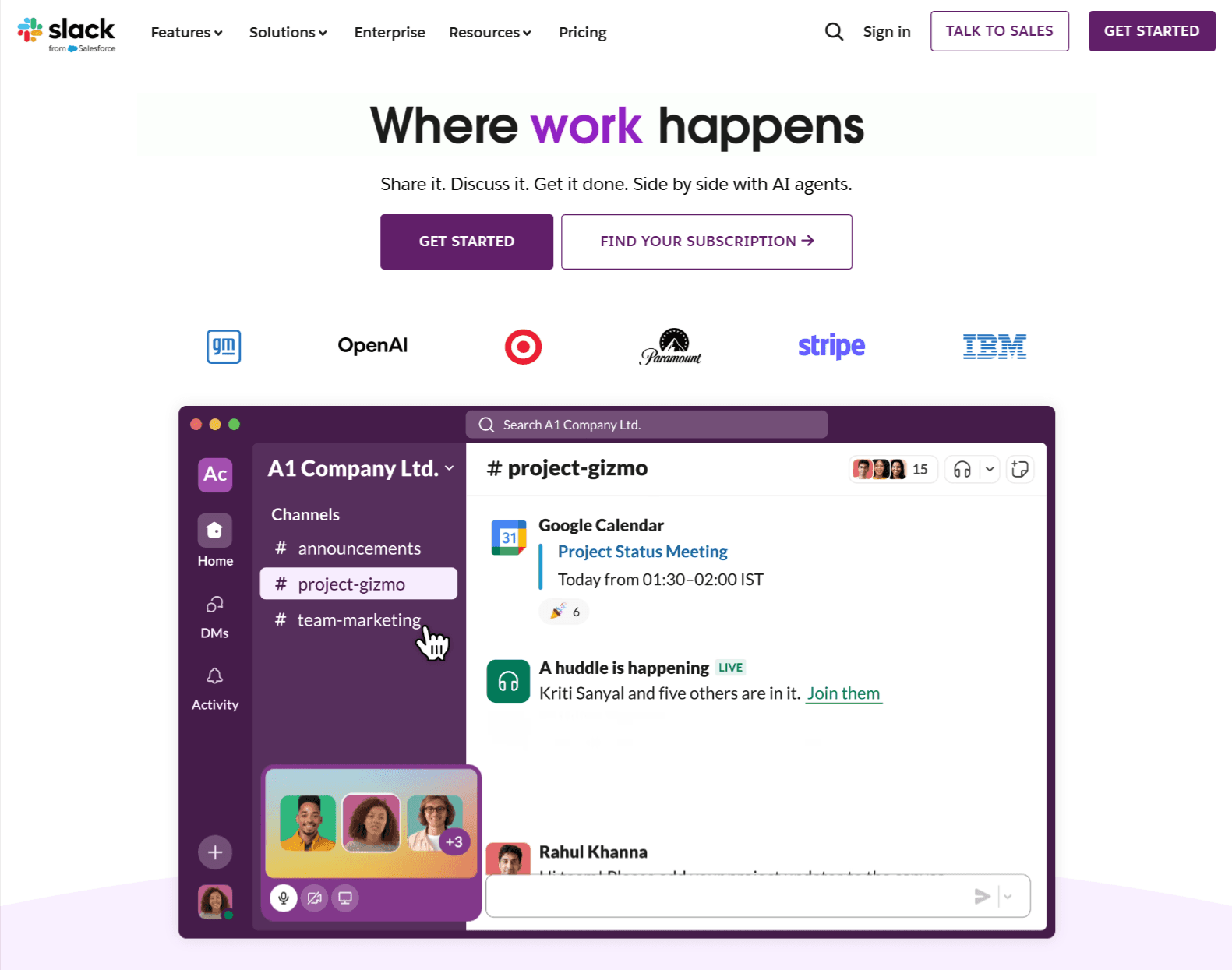
7. Borrow authority (expert endorsements)
When someone credible backs you up, their reputation becomes yours.
When Gordon Ramsay puts his name on a knife set? People buy it. Dermatologist recommends a face cream? It flies off shelves. The authority figure does all the convincing for you.
You don't need celebrities though. Industry expert? Local specialist? Even a legit certification works. Just find someone your audience already trusts.
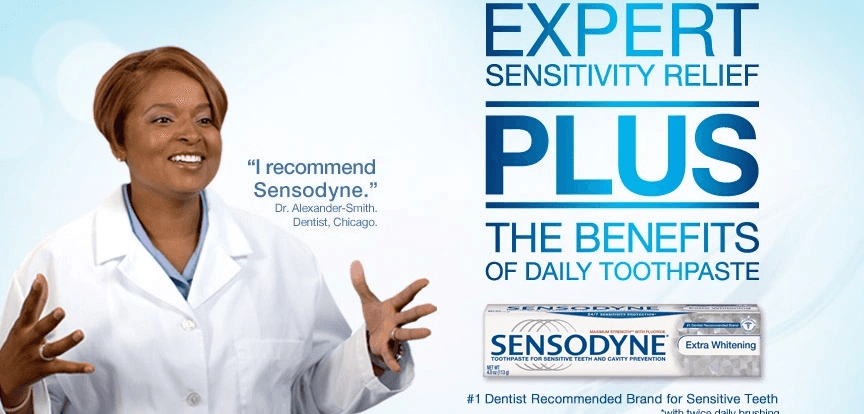
8. Solve their problem (PAS formula)
Problem, Agitate, Solution. Super straightforward.
Name what's bugging them. Dig into it enough that they feel it. Then show how you fix it.
Hair repair shampoo example:
Problem: "Hair feeling dry and damaged"?
Agitate: "Tried a dozen products and nothing's working"?
Solution: "Repair and restore with L’OREAL Total Repair 5".
Don't go overboard agitating though. You want them nodding along, not spiraling into anxiety.
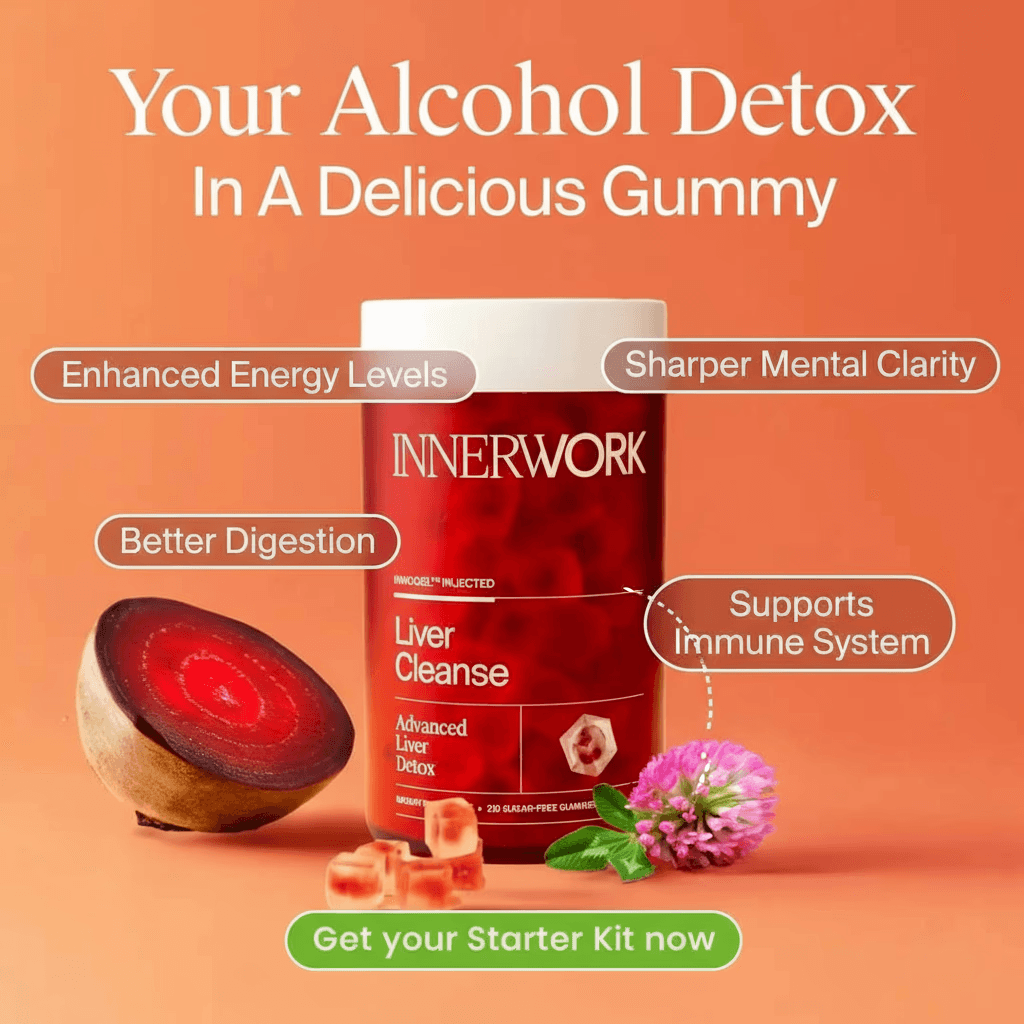
[Generated with Holo AI]

9. Guide their attention (AIDA model)
Attention, Interest, Desire, Action. It's basically just a path from "what's this?" to "okay, I'm in."
Grab them with something bold. Explain what you do. Give them a reason to want it now. Tell them exactly what to do next.
Weightloss program example: transformation photo (attention), personalized workout plans (interest), limited discount (desire), "start free trial" button (action).
One call to action per ad. Not three. One.
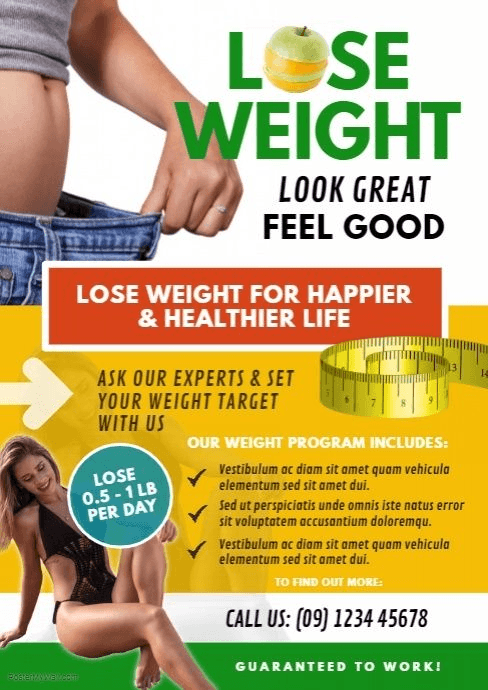
10. Turn customers into creators (UGC)
User content beats your marketing every single time. It's authentic, costs nothing, and people actually trust it.
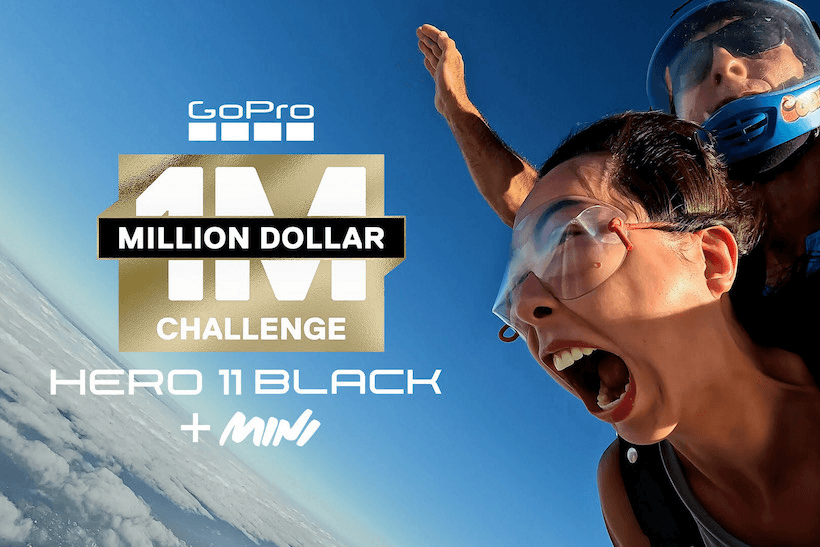
GoPro is a great example, it basically stopped making traditional static ads and turned UGC into a product endorsement machine. They just share customer footage - cliff diving, mountain biking, whatever. It's real, it's exciting, and it shows the camera in actual use.
Start a hashtag thing. Small prize or feature their content. People love being part of the story.
11. Create urgency (scarcity & time limits)
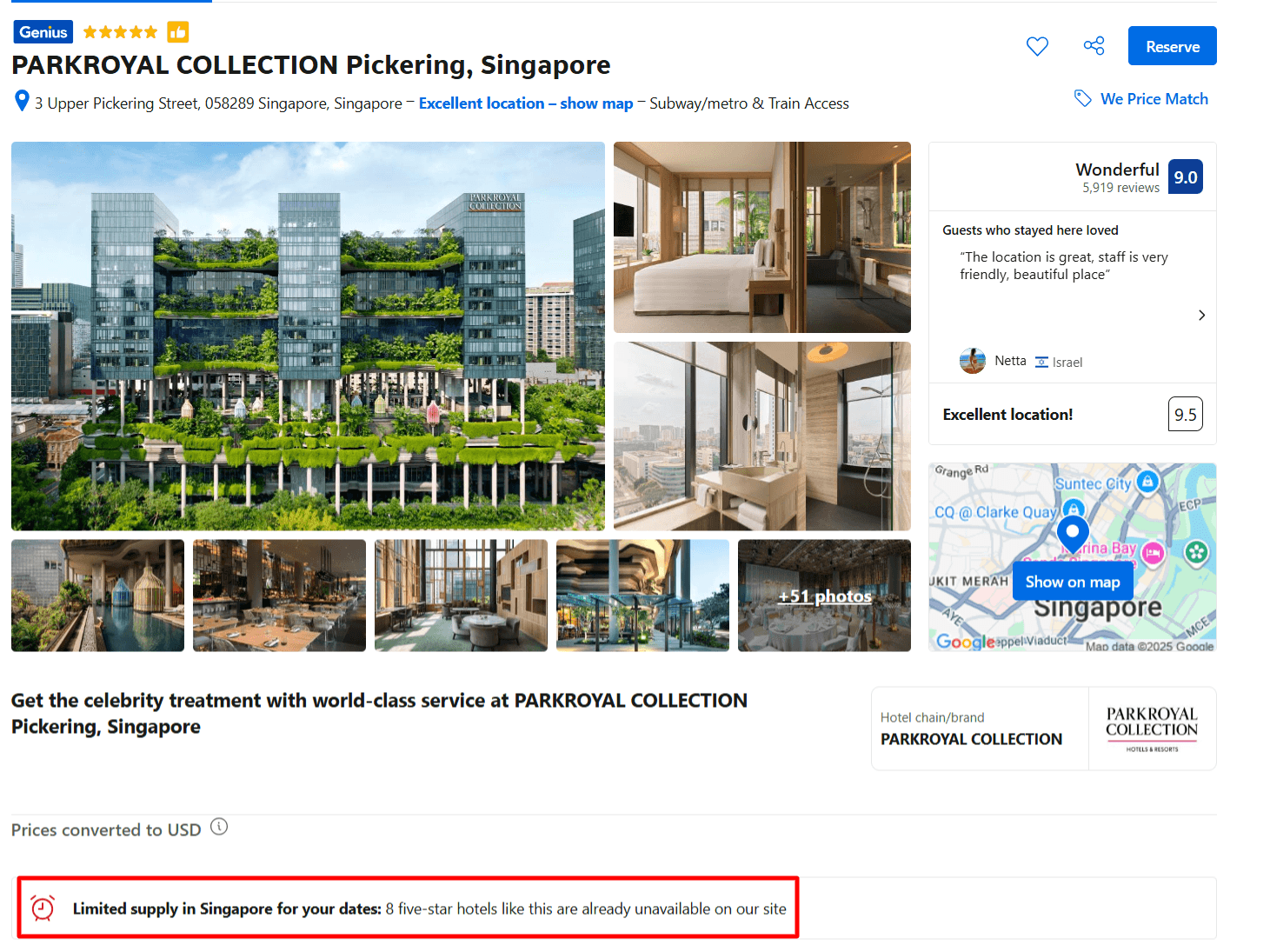
Something's running out? People move faster. That's just how we're wired.
Booking.com lives on this technique, their "Only 1 room left at this price!" "4 other people looking right now!" Pushes you to decide immediately instead of sleeping on it.
Real talk though - fake urgency destroys trust. Your "24-hour flash sale" happens every Tuesday? People notice. And they remember.
12. Trigger FOMO (everyone's doing it)
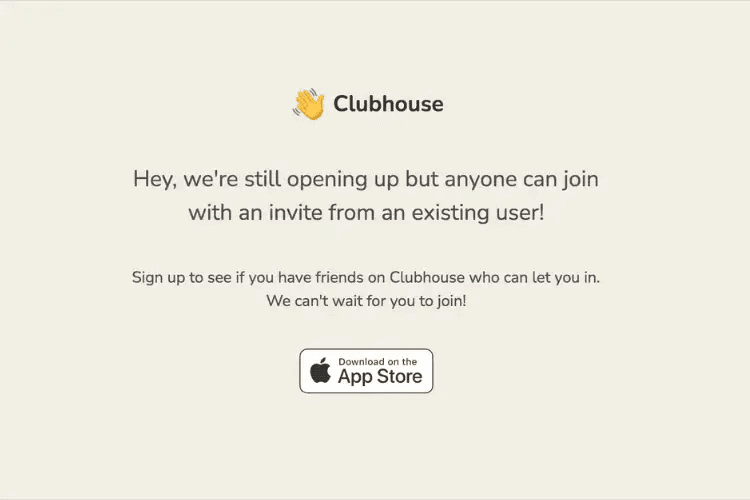
Fear of missing out is powerful stuff. See other people doing something cool? You want in.
Social networking app Clubhouse exploded purely because of it’s FOMO-indicing invite-only strategy. Everyone watching their friends on this app they couldn't access yet made it feel way more valuable than it actually was.
Live numbers help. "287 people joined today" feels immediate. Like something's happening right now and you're missing it.
13. Remove the risk (guarantees)
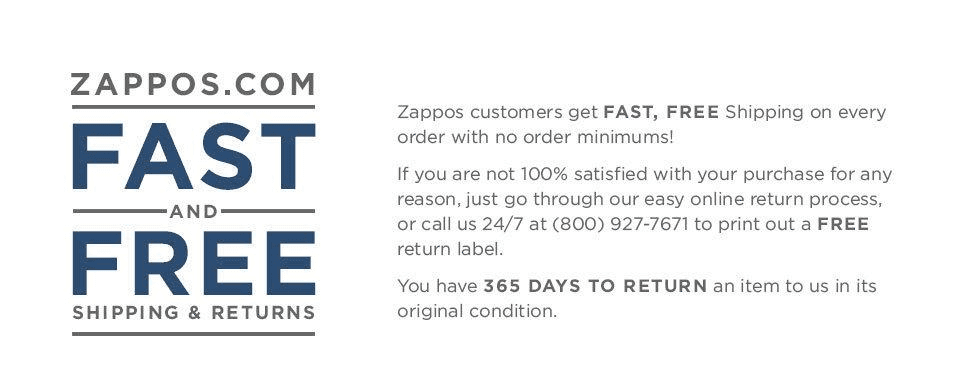
Main reason people don't buy? They're scared of wasting money. Strong guarantee kills that fear.
Zappos: return shoes anytime in a year. Casper: try the mattress for 100 nights. Message is clear - we're so sure about this that we'll eat the cost if you hate it.
Stick that guarantee right by your buy button. Can't miss it. Sometimes that's the only thing stopping someone from clicking.
14. Frame the value (price anchoring)
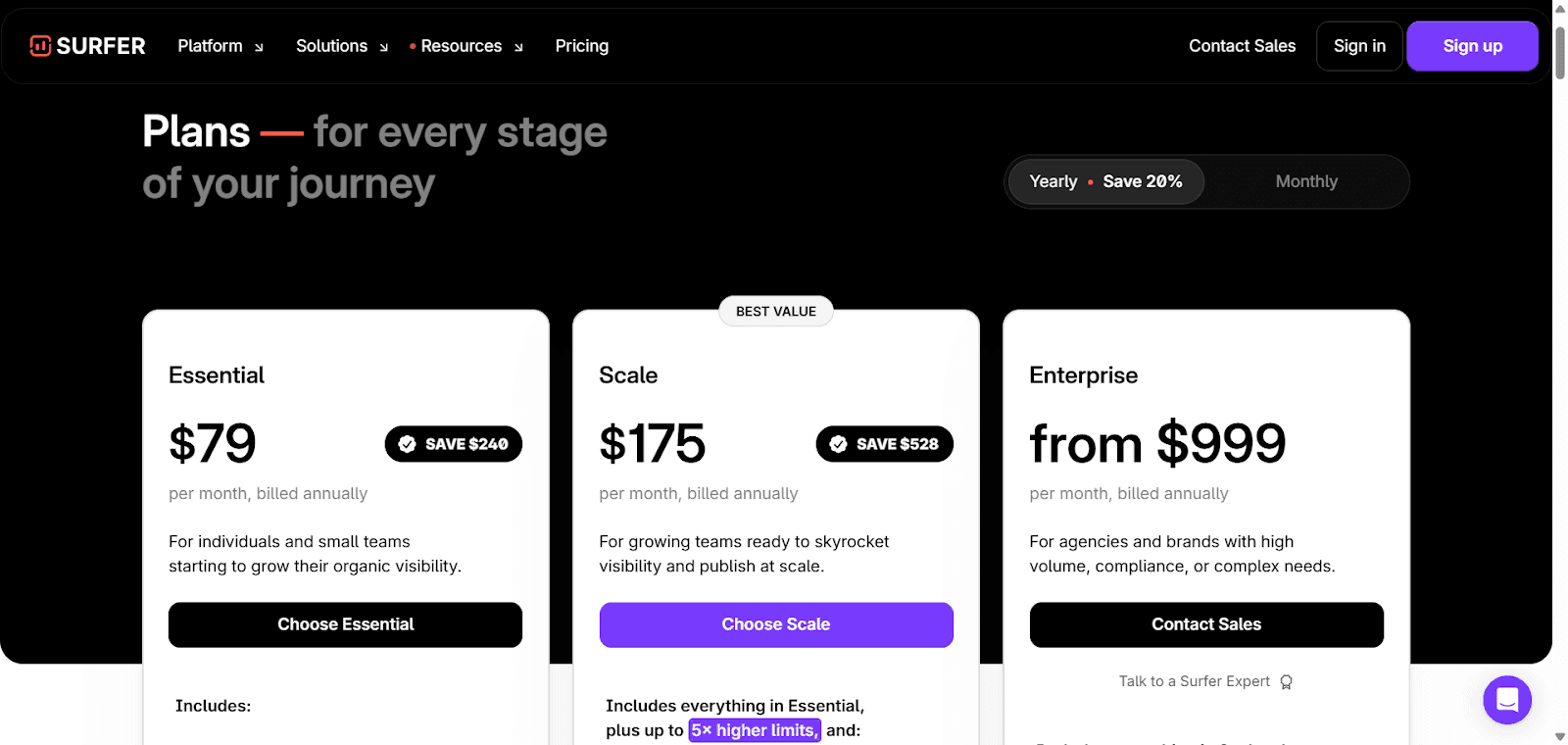
Show expensive option first, real price looks like a deal. Simple psychology.
Every SaaS company does the three-tier thing. Essential ($79), Scale ($175), Enterprise ($999). Most people grab Essential because $79 seems totally reasonable compared to $999 - even though the $79 plan, if displayed on its own, might've made them hesitate.
Running a sale? Cross out the old price. "$150 → $75" feels like winning. "$75" is just... a price.
15. Stay on their radar (retargeting)
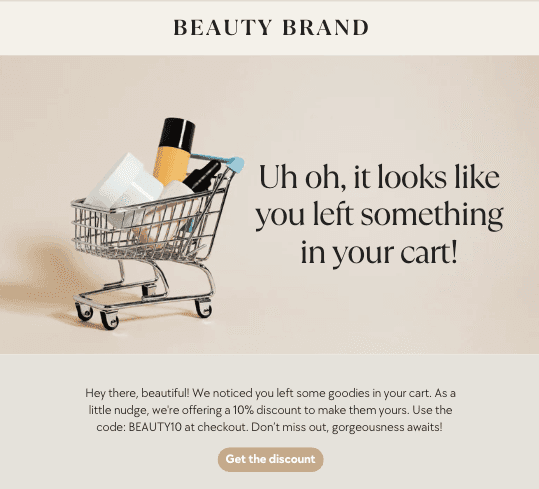
Most people bail the first time they see your ad. Retargeting keeps you visible after they leave.
Browse some shoes, don't buy. Next day those exact shoes are in your Instagram feed. That's retargeting doing its thing. Works because you already showed interest - just weren't ready yet.
Set limits though. Chasing someone for months is creepy. After 30 days or so, let it go.
Why advertising techniques still work in 2025
With all the AI tools, algorithm changes, and new platforms popping up every month, you'd think the old advertising playbook would be dead.
Nope.
These techniques work because they're based on how people actually think. And that part hasn't changed. Social proof worked in the 1950s when your neighbor told you about a great car dealership. Works now when you're reading Amazon reviews before buying anything.
Scarcity pushed people to buy during "this weekend only" sales back then. Still pushes you to checkout when you see "only 2 left in stock."
What's different? Speed and volume. You're up against way more ads. More platforms. More targeting options. The techniques are the same - you just need to move faster.
Brands doing well right now aren't using some revolutionary new trick. They're using these same methods and executing better. Testing creatives faster. Writing clearer copy. Actually understanding what makes their audience click.
AI doesn't replace any of this. It just helps you do more of it, faster. Test 50 ad versions instead of 5. But you still need to know which technique to use and why it matters.
People are still people. That's why this stuff still works.

How to pick the right technique for your campaign
Throwing scarcity tactics at people who've never heard of you? Doesn't make sense. Social proof when you have like three customers? Also weird.
You’ve got to match the technique to where people actually are.
Nobody knows you exist yet? That's awareness. You need storytelling, humor, maybe aspirational stuff. Anything that makes people stop and remember you. Native ads fit here because you're just showing up in places they're already scrolling.
They know about you but haven't decided? Now it's consideration. Social proof starts mattering. Get some testimonials up. Expert backing if you can swing it. Problem-solution messaging. You're basically trying to be the obvious choice.
They're hovering over the buy button? Conversion time. This is when urgency actually works. Scarcity. FOMO. Guarantees that say "we'll take the risk, not you." Price stuff that makes your offer look smart.
Budget's a thing too. UGC is basically free. Retargeting's cheap. Want influencers or premium native placements? That costs real money.
Where's your person mentally? Just realizing they have this problem? Shopping around for solutions? Ready to buy but scared? Pick techniques that fit that exact spot.
Quick example - new productivity app:
Awareness: Make a funny ad about inbox hell (humor + story)
Consideration: Show what actual users say about it (social proof)
Conversion: Discount that ends Friday + money-back guarantee (urgency + safety)
Don't use everything at once. That's overkill. Grab two or three that make sense for your situation. Try them. See what moves. Then just do more of whatever worked.
Test, refine, repeat
Your first ad won't be your best one. That's just how it goes.
Brands doing well right now test constantly. Different headlines, images, CTAs. They watch what actually gets clicks, not what they think will work.
A/B testing shows you what lands. Maybe your audience loves humor but ignores urgency. Or social proof beats everything else. You won't know until you test.
Keep it simple, change one thing at a time, swap the headlines, keep everything else the same and see what happens. Then test something else. Limiting changes to one variable will help you know what actually made the difference.
Track what matters, click-through rate shows interest, conversion rate shows purchases, cost per acquisition shows if it's worth it. Skip vanity metrics like impressions.
Something working? Do more of it, if an ad is converting at 8% when others hit 2%? Put more budget in that ad, test variations of that ad, and figure out why it works. Something failing? Kill it fast, don’t keep an ad running if it’s losing money.
Good advertising is testing fast, learning what works, doing more of that.
Need a faster way to apply these? Try Holo.
Testing 15 different techniques across multiple campaigns sounds great in theory. In practice? It takes forever.
You're writing headlines, designing visuals, tweaking copy, running tests. By the time you figure out what works, you've burned through weeks and half your budget.
Holo ad generator speeds this up. Feed it your website URL and it generates hundreds of ad variations automatically. Different headlines, different angles, different techniques - all pulled from your actual content.
Want to test social proof against urgency? Holo creates both versions instantly. Need ads for Facebook, Instagram, and Google? Done in minutes instead of days.
You're still making the strategic calls - which technique fits your goal, which audience to target, what budget to allocate. Holo just handles the repetitive creative work so you can focus on what actually matters: testing and learning fast.
Try Holo and start creating ads today.

Conclusion
Advertising techniques aren't magic tricks. They're just proven ways to grab attention, build trust, and get people to act.
The 15 techniques in this guide work because they're based on how people think and decide. Social proof builds credibility. Urgency pushes action. Stories stick in memory. That stuff doesn't change.
What changes is how fast you need to move. Your audience sees thousands of ads. They scroll quick. You need to test what works, drop what doesn't, and keep improving.
Good creative plus the right technique plus consistent testing - that's what gets results that actually last.
Pick a few techniques that fit your goal. Test them, watch what happens, and do more of what works.
Related articles
Tools
7 Best AI ad generators in 2025: Easy tools for SMBs
Discover the best AI ad generators in 2025. Compare 7 simple, beginner-friendly tools to create ads faster, cut costs, and keep your campaigns fresh.
Paid media
Static Ads Made Simple: A 2025 Guide + Examples
Discover why static ads remain a foundation of digital advertising. See examples, benefits, and tips to create effective campaigns fast.
Tools
Best AI for Instagram Posts: Tools to Save Time & Boost Creativity
Explore the best AI for Instagram posts to create captions, design visuals, and boost engagement quickly and easily.




